How to choose the right water purifier: a comprehensive analysis and shopping guide
With the improvement of living standards and health awareness, water purifiers have become one of the indispensable home appliances for many families. However, there are many brands and models of water purifiers on the market, and consumers are often at a loss when choosing one. This article will describe in detail how to choose the right water purifier, to help consumers find the most suitable for their family needs in the many products.
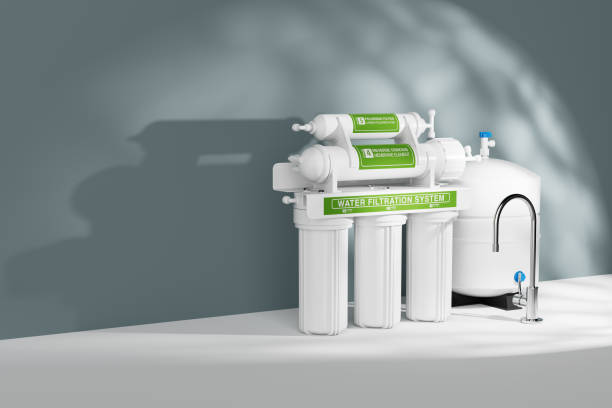
First, the basic principles and classification of water purifiers
Before understanding how to choose a water purifier, we first need to understand the basic working principles and classification of water purifiers. The main function of a water purifier is to remove impurities, heavy metals, bacteria, viruses and other harmful substances from water to provide safe and healthy drinking water. According to different filtration principles and technologies, water purifiers are mainly classified into the following categories:
1. Microfiltration (MF) water purifiers
Microfiltration water purifiers mainly filter large particles of impurities in the water, such as sediment, rust, suspended solids and so on, by means of microporous membranes. Its filtration precision is generally between 0.1 micron and 10 microns, which can effectively remove visible impurities in the water, but the removal of dissolved substances and microorganisms is limited.
2. Ultra-filtration (UF) water purifier
Ultra-filtration water purifier adopts ultra-filtration membrane technology, the filtration precision is between 0.01 micron and 0.1 micron, which is capable of removing macromolecules of organic matter, bacteria, viruses, etc. in the water, but has limited effect on removing small molecules such as heavy metal ions. Ultra-filtration water purifier is suitable for water quality in better areas, can provide more pure drinking water.
3. Reverse osmosis (RO) water purifier
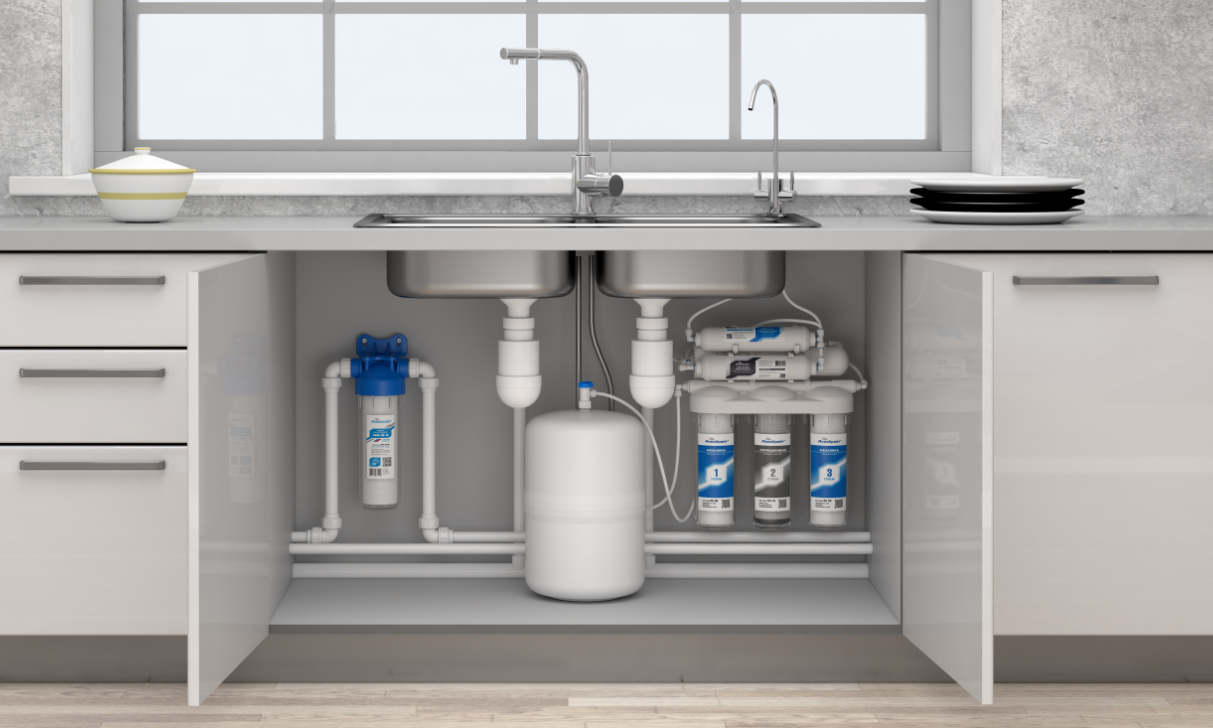
Reverse osmosis water purifier is one of the most advanced water purifiers on the market, using reverse osmosis membrane technology, filtration accuracy of up to 0.0001 microns, able to remove almost all harmful substances in the water, including heavy metal ions, bacteria, viruses, dissolved salts and so on. Reverse osmosis water purifier water quality is high, suitable for a variety of poor water quality areas, but its disadvantage is the high rate of wastewater.
4. Nanofiltration (NF) water purifier
Nanofiltration water purifier between ultrafiltration and reverse osmosis, filtration precision between 0.001 micron and 0.01 micron, can remove most of the organic matter in the water, bacteria, viruses, and some of the heavy metal ions, but the removal of small molecules of salts is limited. Nanofiltration water purifiers are suitable for drinking water needs that require the retention of some minerals.
Key factors for choosing a water purifier
1. Water quality condition
The water quality condition in different areas varies greatly, some places have hard water containing more calcium and magnesium ions; some places have poor water quality containing more heavy metals, bacteria, viruses and other harmful substances. Therefore, when choosing a water purifier, you should first understand the local water quality conditions. For areas with hard water, you can choose a water purifier with the function of water softening; for areas with poor water quality, it is recommended to choose reverse osmosis water purifier to ensure the safety of drinking water.
2. Outgoing water use
Different outgoing water uses have different requirements for water quality. For example, drinking water needs to reach the direct drinking standard, kitchen water needs to remove impurities and heavy metals in the water, bathroom water may need to soften the water. Therefore, when choosing a water purifier, it is important to select the right filtration technology and cartridge according to the purpose of the water. If the family has multiple water needs, you can choose a multi-stage filtration water purifier to meet the water quality requirements of different uses.
3. Filtration technology and cartridge
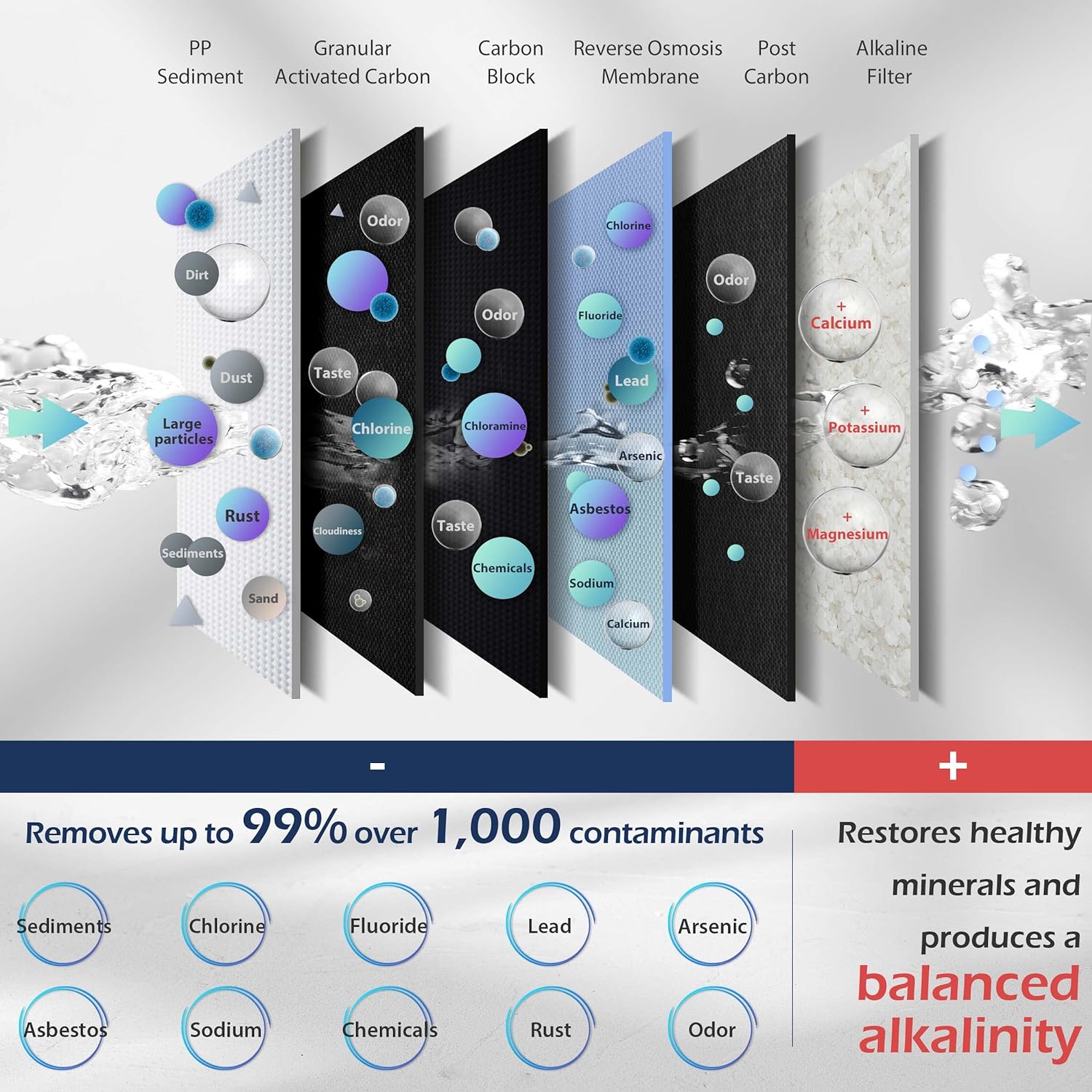
Filtration technology and cartridge are the key factors that determine the performance of a water purifier. Different filtration technologies are suitable for different water quality and uses. Common filtration technologies include microfiltration, ultrafiltration, reverse osmosis and nanofiltration, each with its own advantages and disadvantages. The quality and replacement frequency of the filter cartridge also directly affects the effectiveness and maintenance cost of the water purifier. When choosing a water purifier, pay attention to the material, service life and replacement cost of the filter cartridge to ensure that the water purifier can provide stable and high-quality water for a long time.
4. Brand and after-sales service
Brand and after-sales service are factors that should not be ignored when choosing a water purifier. Well-known brands of water purifiers usually have higher standards in technology research and development, production processes, quality control and other aspects, product quality is more guaranteed. In addition, good after-sales service can provide consumers with timely and professional repair and maintenance services to extend the service life of the water purifier. When choosing a water purifier, give priority to well-known brands and understand their after-sales service policy.
5. Price and Budget
Price is an important consideration for consumers when choosing a water purifier. The price of a water purifier varies from a few hundred to a few thousand dollars depending on the brand, technology, function and material. When choosing a water purifier, it is important to consider the performance, quality and after-sales service of the product according to your budget and choose the most cost-effective product. At the same time, be careful to avoid the trap of low prices, choose to buy through formal channels to ensure product quality and after-sales service.
How to assess the performance of the water purifier

1. Outlet water quality
Outlet water quality is the core indicator for assessing the performance of the water purifier. High-quality water purifier should be able to effectively remove all kinds of harmful substances in the water, the water quality should meet the relevant national standards or higher standards. When buying a water purifier, you can check the product manual or consult the sales staff to understand its water quality indicators. In addition, you can ask the manufacturer for a water quality test report to ensure that the water purifier can provide safe and healthy drinking water.
2. Filtration efficiency
Filtration efficiency refers to the ability of the water purifier to remove harmful substances from the water. Generally speaking, the higher the filtration efficiency, the better the performance of the water purifier. Filtration efficiency is closely related to the filtration technology and cartridge. For example, the removal efficiency of reverse osmosis water purifiers for heavy metal ions, bacteria, viruses, etc. is close to 100%, while microfiltration water purifiers are mainly used for removing large particles of impurities, and have a limited effect on the removal of dissolved substances. When choosing a water purifier, pay attention to its filtration technology and its removal efficiency of target pollutants.
3. Flow rate and flux
Flow rate and flux refer to the amount of water that a water purifier can deliver per unit of time. The higher the flow rate and the higher the throughput, the more efficiently the water purifier can be used. For users with large water consumption, it is recommended to choose a water purifier with higher flow rate and throughput to ensure sufficient water supply even during peak periods. It should be noted that water purifiers with higher flow rate and capacity are usually more expensive, so you should weigh your choice according to your actual needs and budget.
4. Noise and Energy Consumption
Noise and energy consumption are important factors that affect the experience of using a water purifier. Especially if the water purifier is installed in the kitchen or bathroom, the noise will affect the quality of life and rest environment. When choosing a water purifier, pay attention to its noise indicators and choose a product with a lower noise level. At the same time, to understand the energy consumption of the water purifier, choose energy-saving products, both environmental protection and cost savings.
5. Intelligent functions
With the progress of science and technology, more and more water purifiers are equipped with intelligent functions, such as water quality monitoring, cartridge life reminder, remote control and so on. These intelligent features not only improve the ease of use of the water purifier, but also remind the user to replace the cartridge in a timely manner to ensure the effectiveness of the water purifier. When choosing a water purifier, according to their own needs, choose the product with the appropriate intelligent features.
Fourth, the purchase of water purifier steps
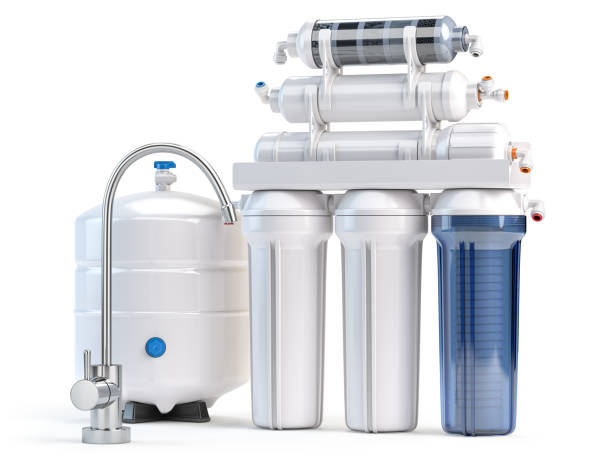
1. Determine the needs
Before buying a water purifier, you first need to clarify your needs. Including the following aspects:
Water quality: understand the water quality of the region, choose a water purifier suitable for local water quality. Water use: according to the different needs of the family water, choose the appropriate filtration technology and cartridge. Budget: Reasonable planning budget, choose cost-effective water purifier.
2. Investigate the market
After clarifying the needs, you can investigate the water purifiers in the market. You can get information in the following ways:
Online research: check product information, user evaluations and professional reviews through e-commerce websites, brand websites and other platforms. Offline experience: visit shopping malls, home appliance stores and other places to learn about different brands and models of water purifiers. Consult with professionals: Consult with professionals to get professional advice on purchasing.
3. Compare products
After collecting enough product information, you can compare different brands and models of water purifiers. The main elements of comparison include:
Filtration technology and cartridges: the advantages and disadvantages of different technologies and their applicability. Water quality and filtration efficiency: Ensure that the water purifier is able to provide water quality that meets the demand. Flow rate and capacity: Ensure that the water purifier is able to meet the household's water needs. Noise and energy consumption: choose a water purifier with a better user experience. Intelligent Functions: Choose products with corresponding intelligent functions to improve the convenience of use.
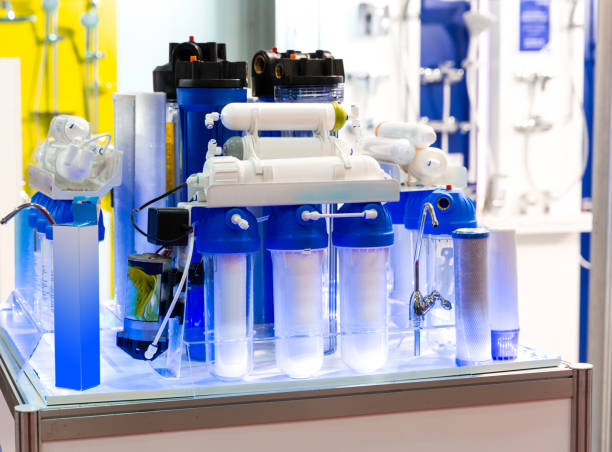
4. Trial and Experience
If conditions allow, you can go to a physical store to try out the water purifier and experience the effect of its use. The trial can focus on the following aspects:
Water taste: try the water quality, feel its sweetness, smoothness, etc. The water can be used in a variety of ways. Convenience of operation: try the operation interface of the water machine, feel the simplicity of its operation. Water Discharge Speed: Experience the water discharge speed of the water purifier and whether it meets the usage demand.
5. Selection, Purchase and Installation
Based on the above comparison and trial results, select the water purifier that best suits your needs. When buying, choose formal channels to ensure product quality and after-sales service. After purchase, contact a professional for installation to ensure that the water purifier is installed in place and used normally.
6. Use and Maintenance
After the water purifier is installed, use and maintain it according to the instructions. Replace the filter cartridge regularly to ensure the effectiveness of the water purifier. Regularly test the water quality to ensure that the water quality is up to standard. If you find any abnormalities in the water purifier, contact a professional for maintenance in time.
V. Conclusion
Choosing the right water purifier can not only ensure the safety and health of home water, but also improve the quality of life. We hope that the introduction of this article can help consumers make informed decisions when buying water purifiers, and find the most suitable water purifier for their family needs. In the future, let's enjoy healthy, clean drinking water and a better life together.
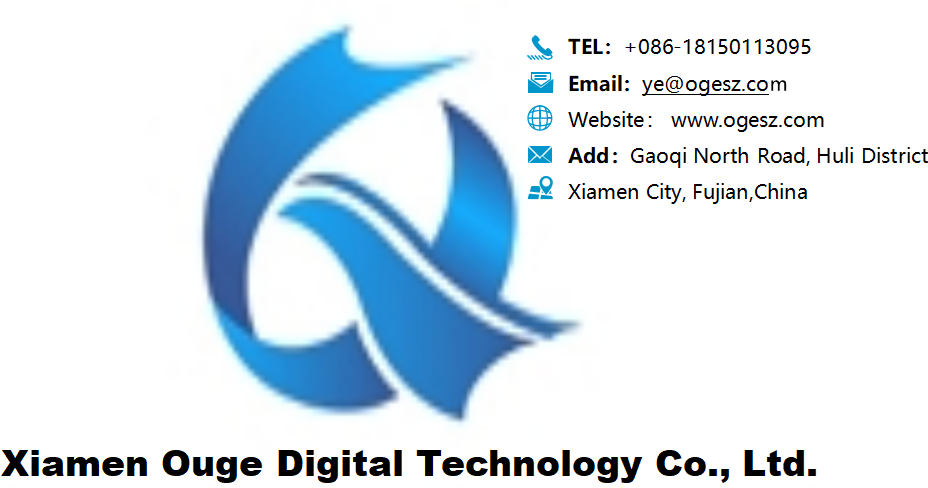
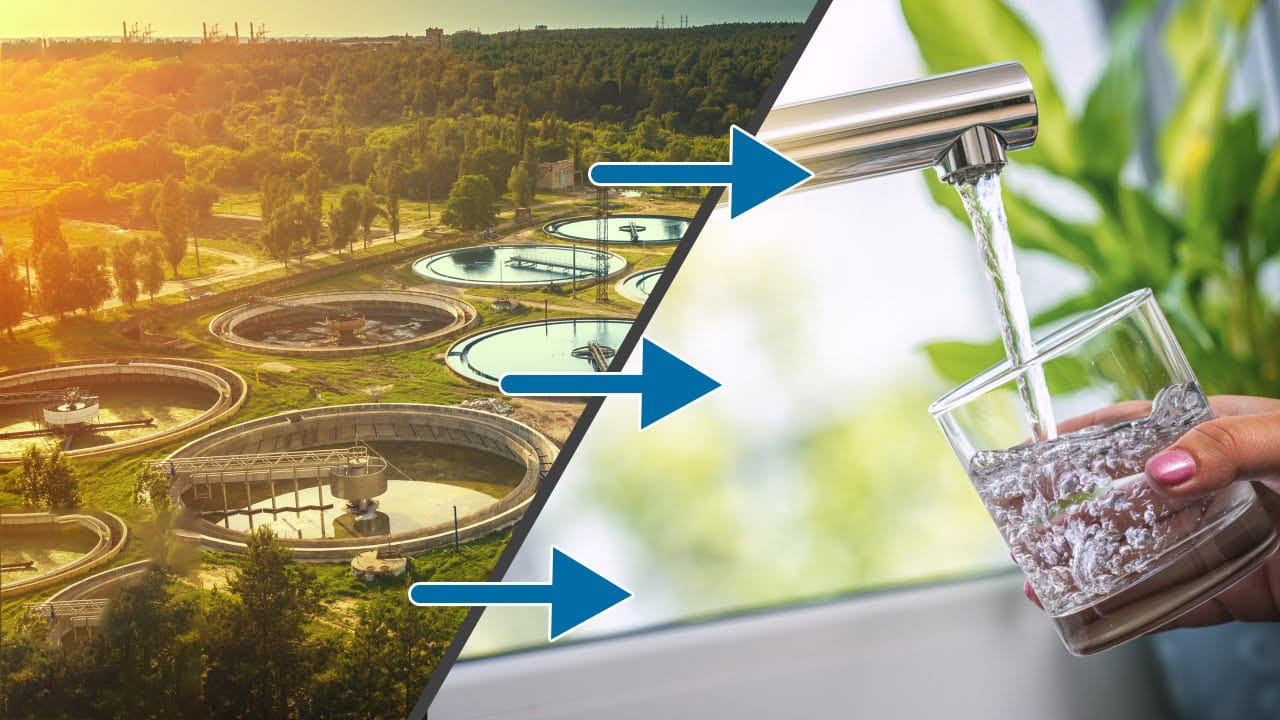 Industrial Water Purification Equipment: Making Your Production Safer, More Efficient, and More Eco-Friendly!
Industrial Water Purification Equipment: Making Your Production Safer, More Efficient, and More Eco-Friendly!
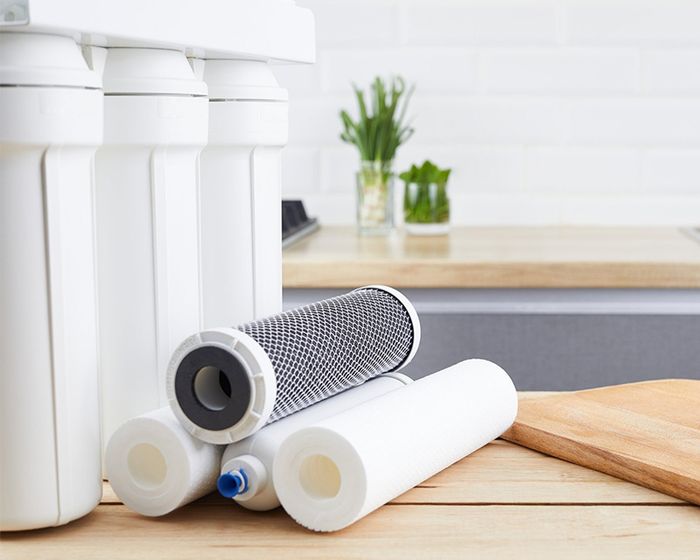 Water purifier emitting an odor? Without identifying these 5 “sources of stench,” replacing the filter cartridge is pointless!
Water purifier emitting an odor? Without identifying these 5 “sources of stench,” replacing the filter cartridge is pointless!
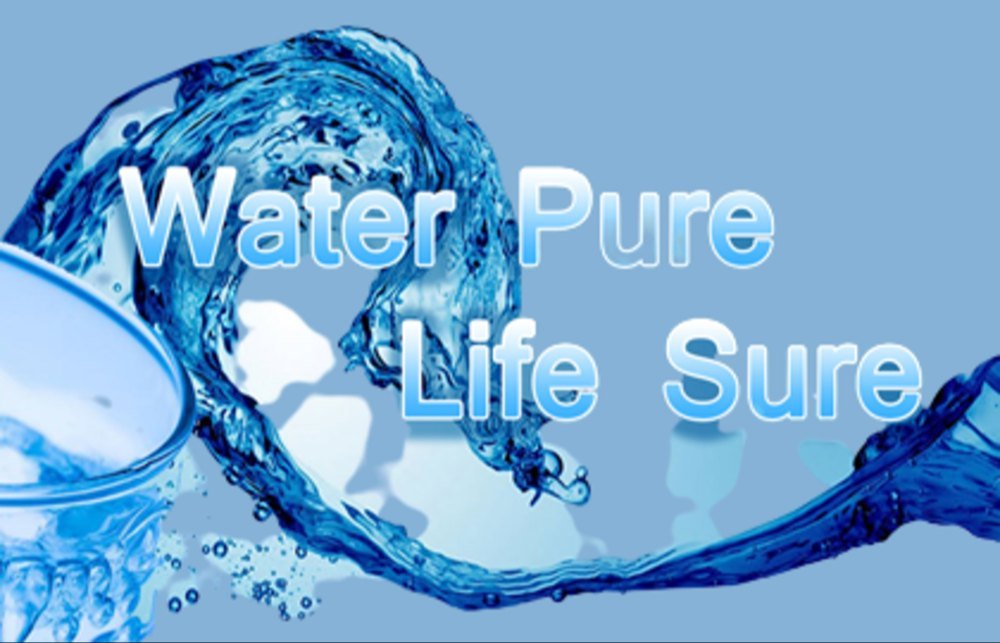 【Rumor Buster】Water Purifiers: What You Absolutely Must Know!!
【Rumor Buster】Water Purifiers: What You Absolutely Must Know!!